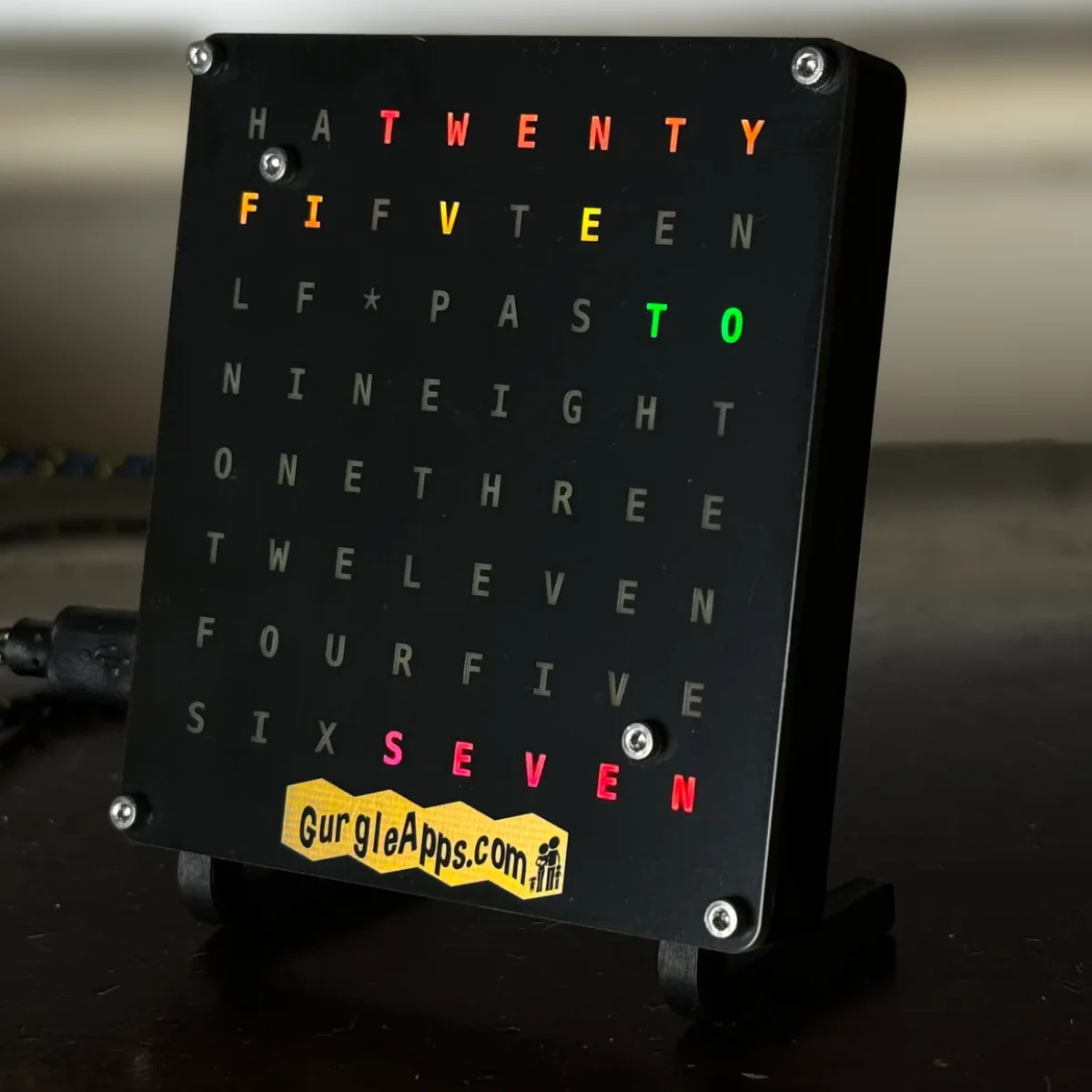raspberry pi
How To Set Up a New Raspberry Pi Walkthrough & Equipment Options
Equipment:
Raspberry Pi
There are multiple versions of the Raspberry Pi to choose from, so it depends what purpose you want your Raspberry Pi to serve.
If you want your Pi to serve as a desktop computer to surf the web, check your emails, play a few games and use the graphical interface with all the icons and graphics then one of the latest models will be for you. A common choice for this purpose is the Raspberry Pi 400 which has the raspberry pi built into a keyboard, with GPIO pins still accessible if you are interested in making a few projects, and will serve as a cheap, simple, easy-to-use Linux-based desktop computer.
Another common choice for the same purpose is the Raspberry Pi 4 Model B. This comes as the Raspberry Pi alone with no keyboard to enclose it and is often preferred as it is cheaper and smaller than the Raspberry Pi 400 so it is not only great for a desktop computer but the whole computer is accessible to the user to see how it works, connect electronics, and create lots of cool projects with it as well.
Most Raspberry Pi's come with 2GB, 4GB, or 8GB of RAM, and for use of both small projects and for creating a desktop computer, 2GB of RAM will be sufficient.
If you are wanting to use your Raspberry Pi purely for prototyping and making electronic projects, then the smaller, more portable, often cheaper Pi's that require less power such as the Raspberry Pi Zero are often preferred.
Power Supply
Your Raspberry Pi will have either a USB-C or micro USB port to connect to a Power source.
Pretty much all the models run on 5.1V and if you are willing to spend about £8 then it is recommended to buy the specific power pack for your Raspberry Pi model.
If not, then we often use the common USB plug and usually some charging cable we find lying around the house with the correct USB ends - depending on the Raspberry Pi we are using.
SD Card
If you got your hands on an older Raspberry Pi then it will probably have a SD-card slot, whereas the newer versions often have microSD-card slots.
Either way you will need a SD-card or microSD-card with a capacity of at least 8GB to store all your files and the operating system of your choice.
You can buy an empty one and put the operating system on yourself (we have a video and article on how to do this) or your can buy them with the Raspberry Pi OS already installed which is handy as you can just plug everything in and within 2 minutes your Raspberry Pi will be ready to use.
Extra Equipment:
With just your Raspberry Pi, Power Supply and SD Card, you can connect to your Raspberry Pi headless(without a monitor, keyboard or mouse) and it will be ready to use. We have another video and article on this if it is of interest.
However, we know a lot of people like to have a separate setup for their Pi, and to treat it like a desktop computer, a bit more equipment is needed.
Monitor
Keyboard and Mouse
A Few Niceties and Extras
power pack SD card (with raspbain on or just a plane one) HDMI cable to connect the monitor to the Raspberry pi. keyboard to type mouse to click you might even need an adapter
how to set the raspberry pi up
First you plug your power pack in some may have a switch to turn it on or off easily but others may not.If you do not have one you could get one from something lying around your house we got one from a go pro Once you have plugged your power pack in you can now plug it into your monitor or a plug. Now we can put our SD card in. Next we can connect our monitor up by using a HDMI cable and finally you can add your mouse and keyboard.


